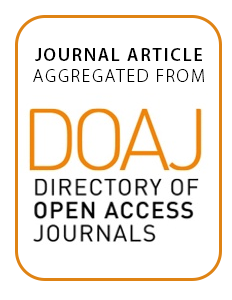Resource information
The Conservation Reserve Program (CRP) is a voluntary set-aside program in the United States designed to amelioratesoil erosion, control crop overproduction, enhance water quality, and provide wildlife habitat by replacing crops with other forms of land cover. Because CRP includes primarily grass habitats, it has great potential to benefitdeclining North American grassland bird populations. We looked at the change in national and state population trends of grassland birds and related changes to cover-specific CRP variables (previous research grouped all CRP practices). Changes in national trends after the initiation of the CRP were inconclusive, but we observed signficant bird-CRP relations at the state level. Most bird-CRP relations were positive, except for some species associated with habitats that CRP replaced. Practice- and configuration-specific CRP variables were related to grassland bird trends, rather than a generic measure of all CRP types combined. Considering all CRP land as a single, distinct habitat type may obscure actual relations between birds and set-aside characteristics. Understanding and predictingthe effects of set-aside programs (like CRP or agri-environment schemes) on grassland birds is complex and difficult. Because available broad-scale datasets are less than adequate, studies should be conducted at a variety of spatial and temporal scales.


